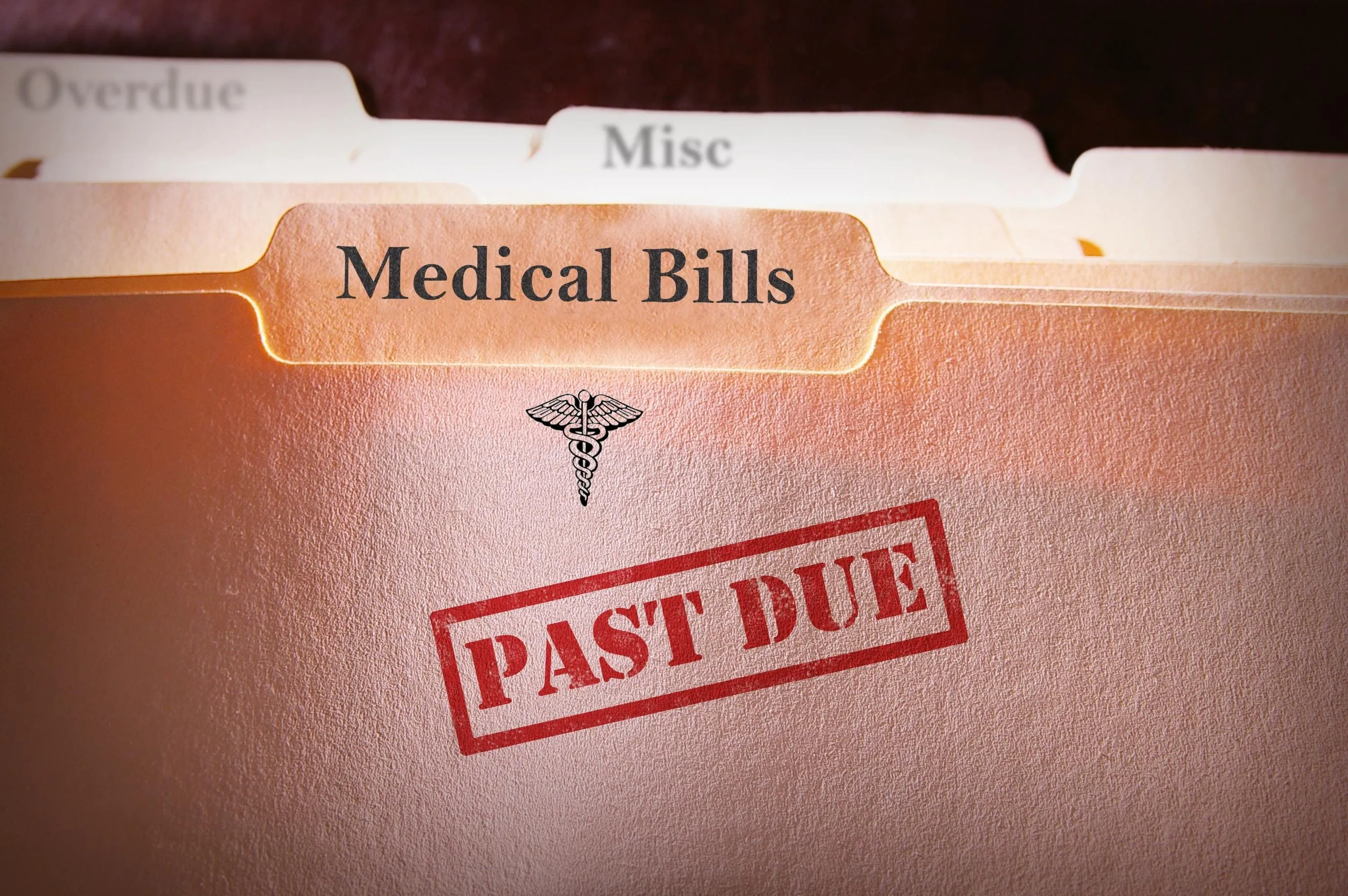Medical Debt and Its Hidden Consequences for Debt Relief Programs
Wednesday, 28 August 2024, 05:01

Medical Debt: The Dilemma of Healthcare Financing
Medical debt is a pressing issue in the United States, with 40% of Americans struggling to pay their medical bills. This situation not only affects individual finances but also the broader healthcare system. Debt relief programs aim to alleviate this burden, yet their effectiveness and true impact require thorough analysis.
Exploring Debt Relief Programs
- Debt relief programs offer a lifeline for those drowning in medical bills.
- Assessing program accessibility is vital for equitable solutions.
- Long-term effects on healthcare providers must be considered.
Implications of Medical Debt Erasure
- Potential overreliance on debt relief may lead to increased healthcare costs.
- Financial literacy plays a key role in navigating medical expenses.
- Policy reforms may enhance program effectiveness.
This article was prepared using information from open sources in accordance with the principles of Ethical Policy. The editorial team is not responsible for absolute accuracy, as it relies on data from the sources referenced.